Contents
Guide
Page List

The leaves of aspen, Populus tremuloides.
SOUTHWEST
MEDICINAL
PLANTS
IDENTIFY, HARVEST, AND USE
 112 WILD PLANTS
112 WILD PLANTS
FOR HEALTH AND WELLNESS
JOHN SLATTERY
The information in this book is true and complete to the best of our knowledge. All recommendations are made without guarantee on the part of the author or Timber Press. The author and publisher disclaim any liability in connection with the use of this information. In particular, ingesting wild plants is inherently risky. Plants can be easily mistaken, and individuals vary in their physiological reactions to plants that are touched or consumed. Please do not attempt self-treatment of a medical problem without consulting a qualified health practitioner.
All photos are by the author, with the exception of , which are by Kelly Kindscher,
and , which is by Hugo.arg, Wikimedia.
Copyright 2020 by John Slattery. All rights reserved.
Published in 2020 by Timber Press, Inc.
The Haseltine Building
133 S.W. Second Avenue, Suite 450
Portland, Oregon 97204-3527
timberpress.com
Text and cover design by Adrianna Sutton
A catalog record for this book is available from the Library of Congress.
eISBN: 9781604699821
I dedicate this book to my ancestors, and their spirit, which lives on within myself and my daughter. To those ancestors whom I have not even met, and to those I have, your counsel embraced me as I stood amidst you in the forest, at the edge of the desert canyon, in darkness, in the absence of moonlight, at the edge of the sea.
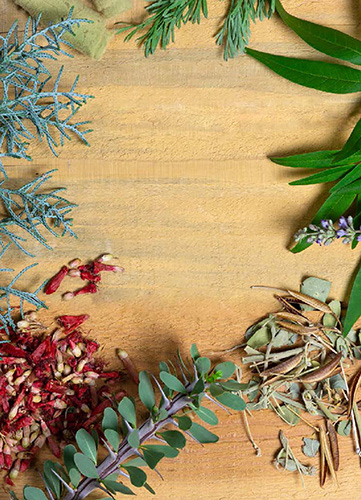
CONTENTS
 PREFACE
PREFACE
When I initially sought out books on herbalism, I didnt really know what I was looking for. I wanted to learn more about plants. I knew I wanted to become better educated about the world around me, in the spirit of seeking to understand the interconnectedness of life, and my place within it. But I didnt yet comprehend how vast and limitless the potential information gathering is (this was before Google). I sought to have a grasp on this knowledge, the knowledge of how to heal with plants, in such a way that I could call upon any of it, and within a moment have it at my fingertips. This was my discipline, my dream. I had no idea how far-fetched and impossibly grandiose it truly was.
Settling into a weekly walk through our desert home landscape with my then-2-year-old daughter, I stopped to feel the place I was in. To listen to it with the utmost openness and as much silent receptivity as I could muster. Her playfulness amid all Nature was a continual reminder of how little one truly needed to know to enjoy this world we live in. To enjoy it is to become part of it. To listen deeply. In a poignant moment, I began to hear the desert speak to me again. A voice that I had been missing. A reawakening to an old friendship, a deep knowledge waiting to unfold from within, and all around me. I allowed myself to journey with this voice as my daughter amused herself by the stream, declaring all the wonderful things she was noticing.
Messages come as if from the Earth herself, guiding me, teaching me, telling me where to go and what to look for. Its as if Im on a treasure hunt and there is nothing more important than finding that which I dont even have a name for yet, but Ill know it when I see it. This is the healing, the reawakening, the coming back to life that occurs as I step out into the wild in the spirit of companionship with the plants, with no preconceived notions about how I should do it, or where I should go. I simply begin to moveand listen.
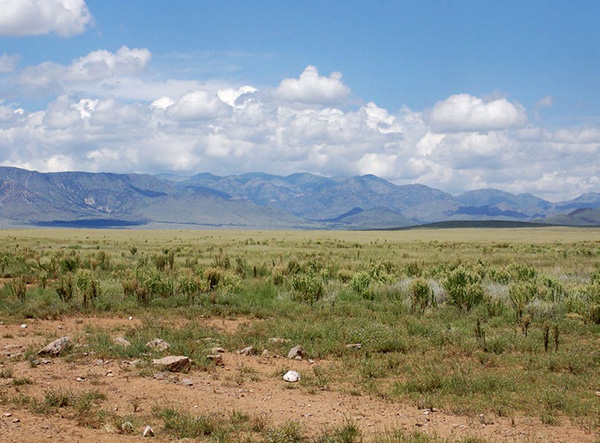
I hope that my daughter develops this type of relationship with Nature, on her own terms, in her own time. If there is one thing I feel we have done, that has injured us the most, it is to divorce ourselves from Natures daily embrace by sequestering our senses to a place that is highly controlled and artificial. For all our modern advancements, we have left so much of great value behind.
The cold, damp air of early February penetrates my lungs, searing them, making them heavy. The chill up my spine provokes me to move across the desert floor toward the next rays of low-hanging early morning sunshine. We are exploring, my daughter and I, amused by this interplay between our imagination, the diversity of Nature around us, and our senses. We feel a sense of freedom, which for the moment we dont speak to but simply enjoy. Cold, sweet water comes out of the mountain spring, wetting the sand beneath our feet; we savor it one taste at a time. For now, there will be no talk of scientific names, no plant quizzes, no studying of animal tracks and identifying the contents of their last meals. We are immersed, at one with our home place, seeding our consciousness back into the Earth, trusting in her ability to regenerate and renew us with no true loss of self. The truest healing is to let go of ourselves and our misconceived hold on the world around us, and to simply be, in harmony with it all.
I invite you to entrain your heart to your landscape once again, as you did as a young child, finding your way with curiosity, awe, and wonder for all that you saw in Nature. Healing with plants is more than drinking a cup of tea, or making tinctures. Their spirits call us to return to a place of splendor and delight within ourselves, reigniting our creative spark, healing our bodies, minds, and spirits.
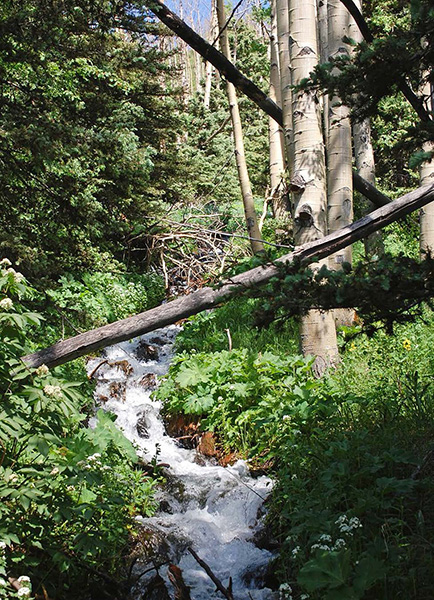
INTRODUCTION
Welcome to the vast world of working with plants for medicine. This book contains an array of medicinal plants known throughout the greater Southwest region for their remarkable healing properties. Most of these herbs have been used for thousands of years here in the Southwest; others were brought to this continent over the past 500 years and have become integrated into the local ecology and folk medicine practice. Lifetimes of knowledge are embedded within this collective wisdom still being passed down and continually reinvented through our intimate and loving relationships with wild plants. This book may introduce a whole new generation of those seeking to answer the call to know the plants once again, or to reacquaint those who have lost track of this knowledge, perhaps bridging the gap between what remains and what has been lost to time and neglect.
The first section of this chapter will describe the various habitats we have throughout the Southwest, preparing the reader for what they may find on their own sojourns into the wild. We are fortunate to have endless realms to explore, from deserts to lush conifer forests and canyons.


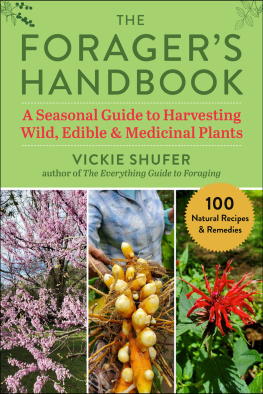
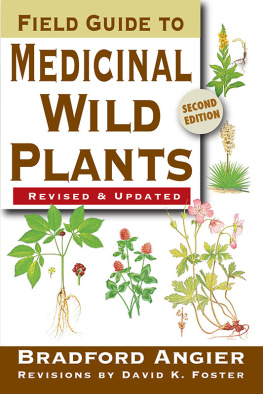
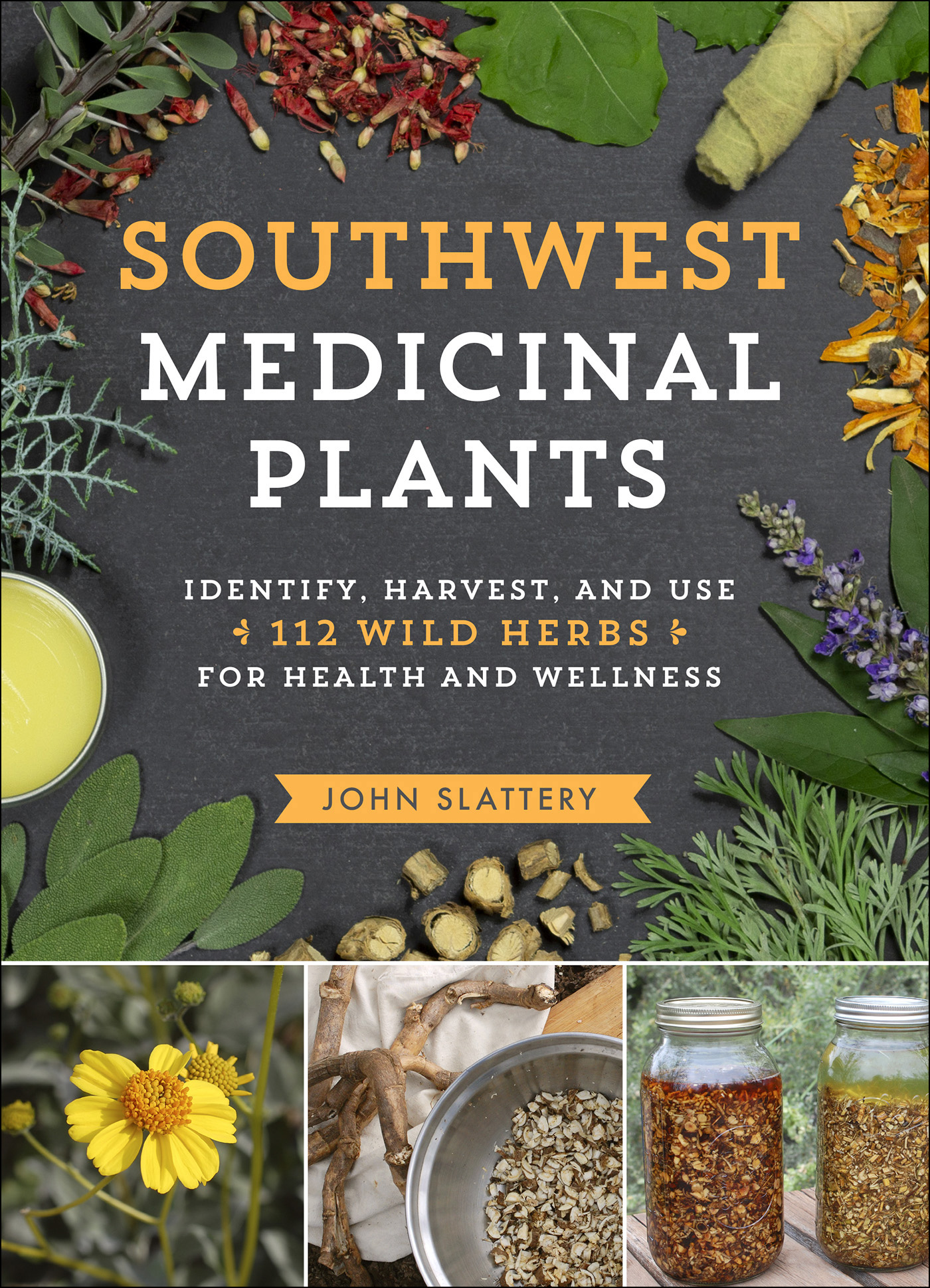

 112 WILD PLANTS
112 WILD PLANTS

 PREFACE
PREFACE

